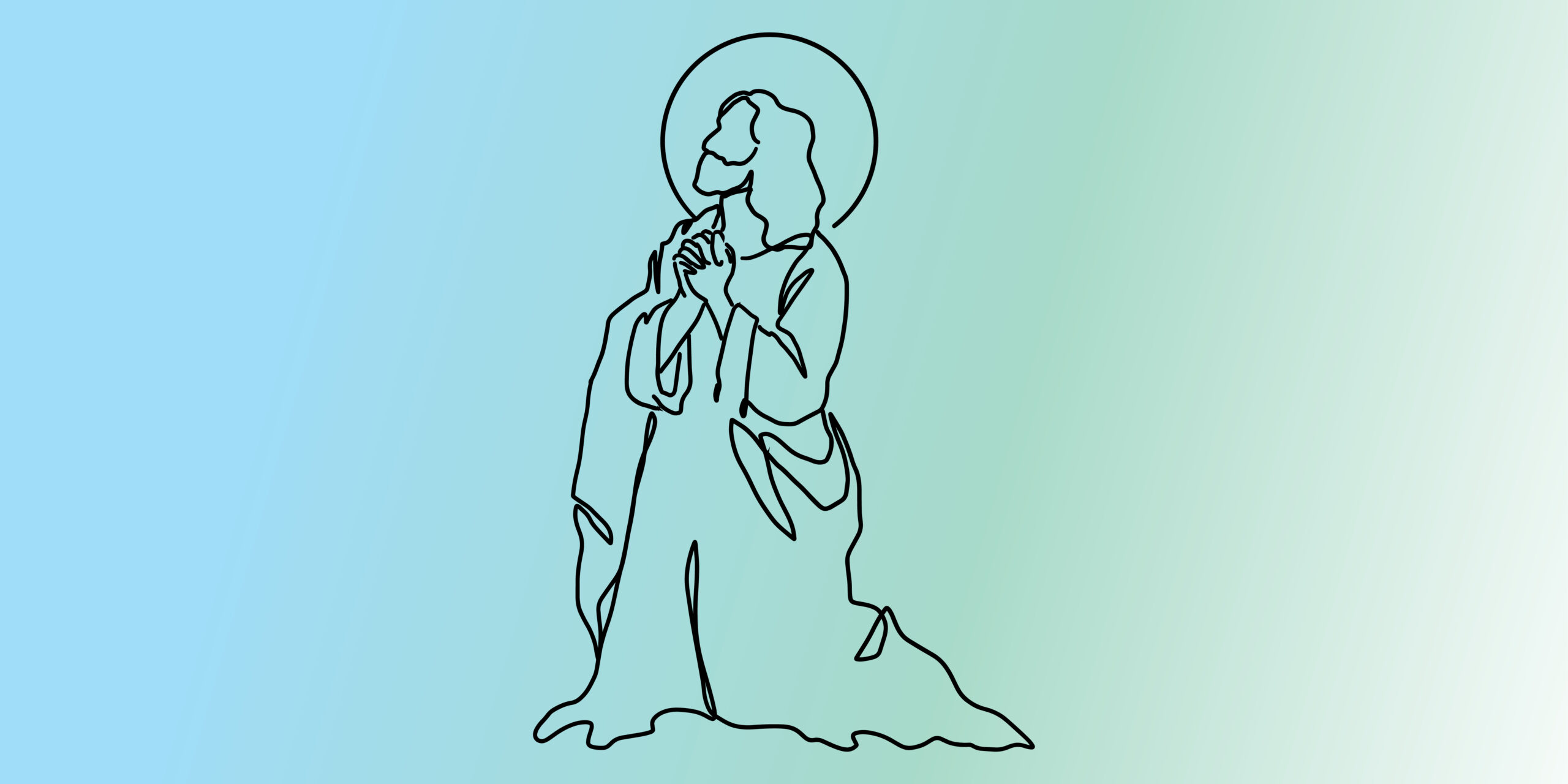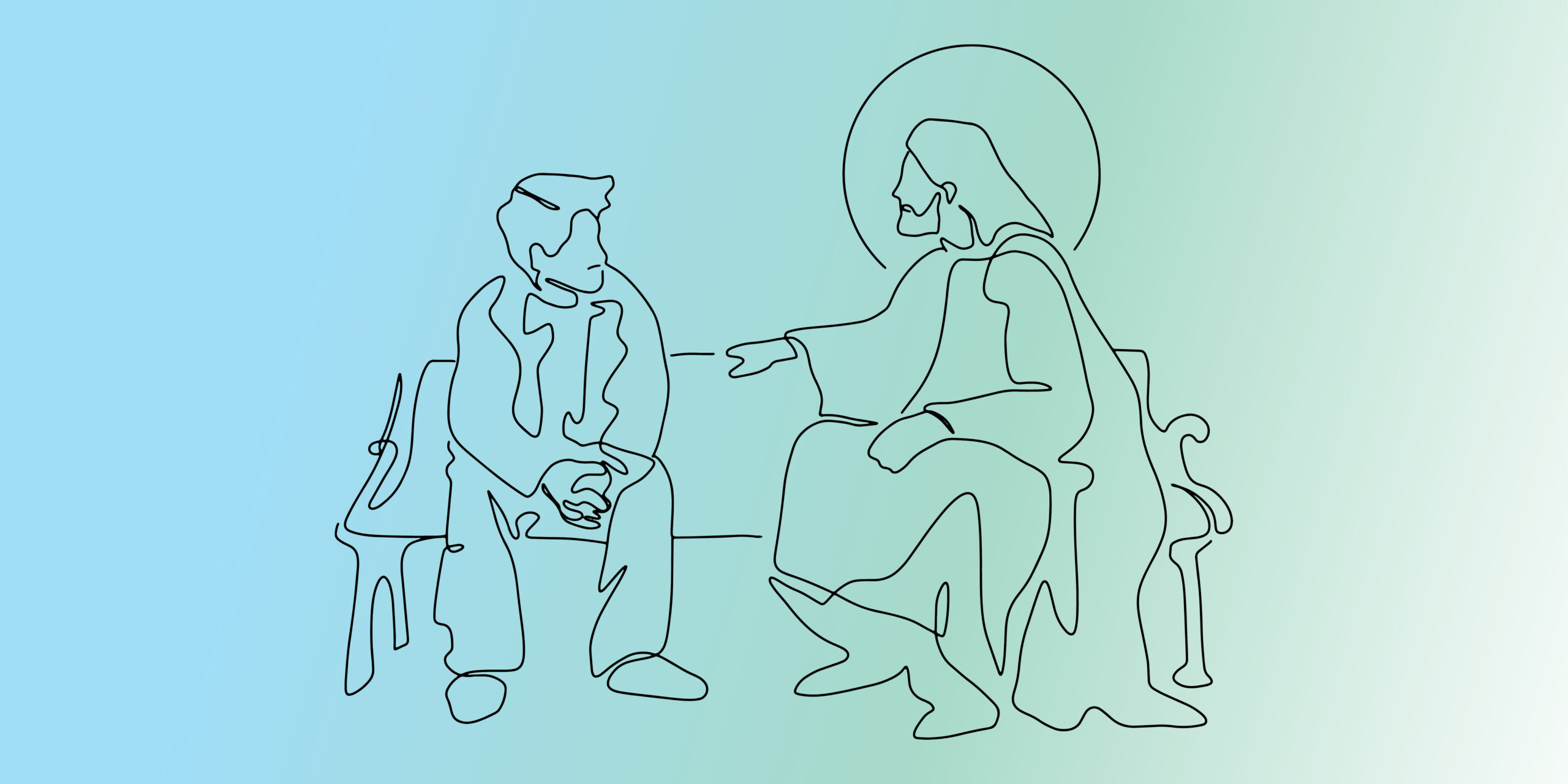Originally published in the GIA Quarterly, Volume 35, Issue 2
On RE-MEMBERING and Our Reason Why
Kate Williams
FOR YEARS NOW, GIA EMPLOYEES, LIKE so many other corporate and pastoral teams in recent times, have engaged in conversations around the CliftonStrengths Talent Assessment. The results are always fascinating, both personally and collectively, as we take a deeper dive, curiously leaning into the wonderment of what makes us tick.
When I first took the assessment, I loved the immediacy of putting language to things that I already knew about myself but didn’t quite know how to articulate. Equally as valuable, of course, is the chance to form a reasoned and rational understanding of what makes my coworkers and partners unique in their own gloriously different ways.
Mannerisms, inclinations, what comes with ease, and what we work at—we have really enjoyed each chance to look at image and likeness through this particular framework as the beautiful tapestry of God’s work of art is made manifest right in our own editorial team. Many people have witnessed the playful nature of our internal recognition of one another’s talents.
My colleague Michael Silhavy and I continually rib one another as we recall how many of our number-one talents seem to be in direct conflict: he, a Maximizer, taking his time to explore every possible inclusion and outcome; me, a Restorative, wasting no time to plow ahead with either an escape plan or a dream destined to be realized. Even as I write this, I can feel the tension of how these very different approaches can often lead each of us to be frustrated with the other, naturally wanting each other to realize sincerely how our own way is best.
The truth, of course, is that we need both ways. We need his trusted experience, his patient time of discernment to make sure nothing of value is left behind. We need his foot on the brake pedal, making sure we stay in step with tradition and 5
legacy and don’t turn the boat so quickly that it capsizes. And, if I may be so bold, we need a disruptor. We need someone who can see the treasury of tradition mixed with the urgency of today’s most marginalized and who can propel it into new initiatives in their honor. We need someone on the gas pedal. And I happen to have a lead foot.
ONE BODY, MANY PARTS
Perhaps more than these two extremes, we need all the gradients in between. We need people who are empathetic and compassionate—not that Michael and I lack those skills, but there are people on our team for whom the empathic response is the one that shows up first, loudest—someone like Jennifer Odegard, whose personal and corporate experience reminds us that we are bigger than any one moment of success or failure. We need people who are good at influencing others, people who can so readily jump in with affirmation and recognition of exactly where customers are in their own context.
Luckily, we have someone like Suzanne Orland, a long-time GIA employee and a diligent music minister in her parish, now walking side by side with each individual pew resource customer to find the best solution for their unique circumstance. Sue manages to make sure that each customer feels seen and heard, and she makes sure they know that they won’t be alone as they take steps forward in an often-daunting conversation with their staff and community.
Each time we stop and take stock of the various gifts that make up the whole of our team, it’s like the oft-quoted scripture passage (and familiar refrain) presents itself before our eyes: we are many parts, but one body.
What better season to contemplate the re-membering of a body than this sacred season of Easter. Like Teresa of Avila so prophetically called us to contemplate, Christ has no body now but ours. As Christ’s hands and feet in the world, each of us plays a unique and essential role in doing the work that is ours to do—the living “our” of our baptismal promises to show up for one another.
OUR “WHY”
This year’s CliftonStrengths retreat brought us to the next level of conversation: namely, so what? And perhaps more specifically, how do these strengths help us both articulate and pursue a common goal? What is our “why”?
It’s an incredible exercise, and thank god for facilitators like Leisa Anslinger, whose skill and energy for this conversation helps us to renew this mission with each gathering. This year, we combined our ongoing conversation about our talents with Simon Sinek’s now-famous TED Talk, “How Great Leaders Inspire Action.” Essentially, we might be able to articulate “what” we do and “how” we do it (my process-oriented team will proudly show you just how many of them have the “Achiever” talent in their top five), but can we articulate why we do it? Do we believe in the reason why we do it?
Each of us can answer that question a bit differently. I encourage you to continue this conversation within your own parish staff, and even in each of your ensembles. We know what to do, and we know how to do it (and we can always pursue ongoing skill-building efforts), but why do we do this thing called music? This thing, specifically, called music ministry?
For me, it’s most clearly articulated in John Bell’s book The Singing Thing.
Essentially, we sing because we are made to sing. Just like the birds in the sky sing their morning greeting and the whales in the deepest seas sing their whale songs, it is to find each other, to comfort one another. We sing because our first declaration to the world is more like a song than a word—that first borning cry that lets the world know, “I’m here! I am with you!”
We sing because even our last breath comes forth as a sigh of relief, of letting go. We sing, raising our voices, making a bigger sound than any one of us could make alone. We sing to let each other know that none of us is alone in this world—none of us. That’s our baptismal promise: to uphold that both our existence and our capacity to be present for one another is a sacred gift and duty.
This mission of writing songs in this sacred community, of ensuring their accuracy and clarity in their production, and of carrying their life-giving message as far as our marketing-feet can carry it is a holy and beloved duty. It’s our holy “why,” from the moment of a song’s inspiration to the voices that carry it off the page and make it real: this is our why.
We show up for one another to say, “I’m here! And you’re not alone.” Even when our varied talents seem in conflict, we know that ultimately, they point toward the same goal—toward that heavenly kingdom, with every opportunity to taste and see glimpses of its beauty along the way.

KATE WILLIAMS is vice president of sacred music at GIA Publications, Inc. She serves as workshop leader, consultant, and music minister in the Archdiocese of Chicago.







